Beschreibung
ER-Sonde zur Korrosionsüberwachung
Die elektrische Widerstandssonde (ER) zur Korrosionsüberwachung ist ein hochentwickeltes und hocheffizientes Werkzeug, das zur Überwachung und Verwaltung von Korrosion in Echtzeit entwickelt wurde. Dieses robuste und widerstandsfähige Gerät wurde speziell für den Betrieb unter Hochdruckbedingungen entwickelt und liefert wertvolle Einblicke in die Korrosionsrate. So unterstützt es die Industrie bei der Aufrechterhaltung der Systemintegrität und Langlebigkeit, selbst in den anspruchsvollsten Umgebungen.
Überblick
Die Ferndatenerfassung zur Online-Korrosionsüberwachung EMT-CP-0 ist eine der Hauptkomponenten des Online-Erkennungssystems für Widerstandskorrosion. Das Funktionsprinzip des Systems besteht darin, den Metallverlust der empfindlichen Elemente durch Messung der Änderung des Widerstandswerts des empfindlichen Elements der Korrosionssonde zu berechnen. Wenn das Material des empfindlichen Elements der Korrosionssonde in etwa dem Material der Rohrleitung oder Ausrüstung entspricht, entspricht die berechnete Korrosionsrate der empfindlichen Elemente durch Anhäufung des Metallverlusts der empfindlichen Elemente über einen bestimmten Zeitraum ungefähr dem Korrosionsrate der Rohrleitung oder Ausrüstung, wodurch eine Online-Korrosionsüberwachung der Rohrleitung oder Ausrüstung erreicht wird. Der Kollektor ist eine versiegelte, explosionsgeschützte Struktur, die für den Einsatz in der petrochemischen Industrie geeignet ist.
Die Datenerfassungseinheit besteht aus Modulen wie Stromversorgung, Mess- und Steuerlogik und Datenübertragung. Nach der Konfiguration entsprechend der bei der Herstellung bereitgestellten ID kann es in den normalen Betriebszustand übergehen.
Signalübertragung
- Zwei verdrahtete Formen, die Arbeitsstromversorgung ist eine 24-V-DC-Stromversorgung vor Ort und der Ausgang ist ein RS485-Signal oder 4-20 mA.
- Drahtlose Form mit Bluetooth, die funktionierende Stromversorgung ist eine eigene Lithiumbatterie, und die gesammelten Daten werden im internen Speicher gespeichert und über ein explosionsgeschütztes Bluetooth-Gerät heruntergeladen.
Die technischen Vorteile
Die technischen Vorteile des Widerstandskorrosions-Online-Detektionssystems EMT-CP-0:
Weakly related to the medium, it can measure the corrosion of liquid phase, gas phase, and liquid-gas mixed phase media.
Main Performance Parameters
- Range: 0 ~ 261144 probe life units;
- Impedance range of probe sensitive element: 1~50 milliohm.
- Resolution: Typical value 1nm; (The total thickness of a typical probe-sensitive element is 20mil, with a lifespan of 10mil.)
- Repeatability: ±?% of full scale;
- Stromversorgung: 24VDC power supply/Lithium battery;
- Current Consumption: 12mA@24VDC/1~12mA@8.4V;
- Communications: RS485 two-wire, 2400 baud rate/2.4G, LORA, 4G/5G or 4-20mA
- RS485 Address: 0 ~ 31
- Environmental Temperature: -40℃~ +70℃
- Enclosure Protection Level: IP 65
- Maximum Collection Rate: Once per minute
- Minimum Collection Rate: Once at any interval
- Hazardous Area Certification: Exd IICT4 Gb
Berechnung der Korrosionsrate der ER-Sonde
Die elektrische Widerstandssonde (ER) berechnet die Korrosionsrate, indem sie das Prinzip des elektrischen Widerstands nutzt, insbesondere seine Abhängigkeit von den physikalischen Abmessungen des Leiters. Diese Technik basiert auf dem Ohmschen Gesetz, das besagt, dass der Widerstand (R) eines Leiters direkt proportional zu seiner Länge (L) und umgekehrt proportional zu seiner Querschnittsfläche (A) ist.
Mit fortschreitender Korrosion nimmt die effektive Querschnittsfläche des Sensorelements der Sonde, die mit dem korrosiven Medium in Kontakt steht, ab. Diese Verringerung der Querschnittsfläche erhöht den elektrischen Widerstand des Sensorelements. Die ER-Sonde misst diese Änderung des elektrischen Widerstands im Laufe der Zeit.
Aus dieser gemessenen Widerstandsänderung wird dann die Korrosionsrate berechnet, wobei die anfängliche Querschnittsfläche, die Länge des Sensorelements und der spezifische Widerstand des Materials berücksichtigt werden. Der spezifische Widerstand ist eine Materialeigenschaft und im Voraus bekannt.
Betrachten wir ein Beispiel aus der Öl- und Gasindustrie, wo eine Korrosionssonde mit elektrischem Widerstand (ER) zur Überwachung der Korrosion in einer Rohöl transportierenden Pipeline verwendet wird.
Nehmen wir Folgendes an:
- Die anfängliche Querschnittsfläche (A1) des Sensorelements beträgt 1 Quadratmillimeter.
- Die Länge (L) des Sensorelements beträgt 10 Millimeter.
- Der spezifische Widerstand (ρ) des Sensorelementmaterials (das gleiche wie das der Rohrleitung) beträgt 0,1 Ohm-Millimeter^2/Millimeter.
Mithilfe des Ohmschen Gesetzes kann der Anfangswiderstand (R1) des Sensorelements wie folgt berechnet werden:
R1 = ρ * (L / A1) = 0,1 * (10 / 1) = 1 Ohm.
Nehmen wir an, nach einem Monat Betrieb ist der Widerstand auf 1,1 Ohm gestiegen. Dies ergibt eine Widerstandsänderung von ΔR = R2 – R1 = 1,1 – 1 = 0,1 Ohm.
Diese Widerstandsänderung entspricht einer Änderung der Querschnittsfläche (ΔA). Dies kann mit der Formel berechnet werden:
ΔA = A1 * (R2 / R1 – 1) = 1 * (1,1 / 1 – 1) = 0,1 Quadratmillimeter.
Die Korrosionsrate wird dann typischerweise als Änderung der Metalldicke pro Jahr angegeben. Wenn wir davon ausgehen, dass das Sensorelement eine Breite von 1 Millimeter hat (also anfangs auch seine Dicke 1 Millimeter betrug), entspricht eine Änderung der Querschnittsfläche von 0,1 Quadratmillimetern einer Dickenänderung von 0,1 Millimetern.
Wenn wir diese monatliche Korrosionsrate in eine jährliche Rate umrechnen, erhalten wir eine Korrosionsrate von 0,1 * 12 = 1,2 Millimeter pro Jahr. Dies ist eine erhebliche Korrosionsrate, die darauf hindeutet, dass möglicherweise bald eine Wartung oder ein Austausch der Rohrleitung erforderlich sein könnte, um einen Ausfall zu verhindern.
Diese Zahlen sind hypothetisch. Die tatsächlichen Werte hängen von den spezifischen Eigenschaften der Rohrleitung, dem Material und den Betriebsbedingungen ab.
 Unterschied zwischen Korrosionscoupon und Korrosionssonde
Unterschied zwischen Korrosionscoupon und Korrosionssonde
Korrosionscoupons und Korrosionssonden sind weit verbreitete Methoden zur Überwachung von Korrosionsraten in verschiedenen Branchen. Sie funktionieren jedoch nach unterschiedlichen Prinzipien und bieten unterschiedliche Vorteile.
Korrosionsgutscheine
Korrosionsproben sind kleine, standardisierte Teststücke aus Metall, die in ein System zur Überwachung der Korrosion eingesetzt werden. Das im Coupon verwendete Metall ist normalerweise das gleiche wie das, das im überwachten System verwendet wird. Der Coupon bleibt für einen vordefinierten Zeitraum im System, wird dann entnommen und analysiert. Das Ausmaß der Korrosion wird durch Messung des Gewichtsverlusts des Probestücks bestimmt, woraus die Korrosionsrate berechnet werden kann.
Zu den Vorteilen der Verwendung von Korrosionscoupons gehören:
- Sie liefern ein direktes Maß für die Gesamtmenge des Materialverlusts aufgrund von Korrosion.
- Mit ihnen lässt sich die Wirksamkeit von Korrosionsinhibitoren beurteilen.
Allerdings haben Korrosionscoupons auch mehrere Einschränkungen:
- Sie liefern nur intermittierende Daten, keine Echtzeitüberwachung.
- Sobald der Coupon zur Analyse entfernt wurde, kann er nicht wiederverwendet werden.
- Das Entfernen und Analysieren des Coupons kann zeitaufwändig sein und möglicherweise ein Herunterfahren des Systems erfordern.
Korrosionssonden
Korrosionssonden wie die Electrical Resistance (ER) Probe ermöglichen eine Echtzeitüberwachung der Korrosionsraten. Sie messen Änderungen im elektrischen Widerstand eines Sensorelements, die mit der Dicke des Elements zusammenhängen. Wenn Korrosion auftritt, nimmt die Dicke des Sensorelements ab, was den Widerstand erhöht. Aus dieser Widerstandsänderung lässt sich die Korrosionsrate berechnen.
Zu den Vorteilen der Verwendung von Korrosionssonden gehören:
- Sie ermöglichen eine Echtzeitüberwachung der Korrosionsraten.
- Sie können vor Ort verwendet werden, ohne dass das System zum Entfernen und Analysieren heruntergefahren werden muss.
- Sie können empfindlicher auf Änderungen der Korrosionsraten reagieren als Korrosionsproben.
Allerdings haben Korrosionssonden auch einige Einschränkungen:
- Sie sind möglicherweise nicht so genau wie Korrosionsproben zur Messung des gesamten Materialverlusts.
- Sie erfordern möglicherweise eine komplexere Instrumentierung und Dateninterpretation.
Zusammenfassend lässt sich sagen, dass die Wahl zwischen Korrosionsproben und Korrosionssonden von den spezifischen Anforderungen des überwachten Systems abhängt, einschließlich der Notwendigkeit von Echtzeitdaten, der Machbarkeit einer Systemabschaltung zur Analyse und der Komplexität der Instrumentierung und Dateninterpretation, die möglich ist untergebracht werden.
Schlussfolgerung
Die ER-Sonde spielt eine entscheidende Rolle bei der Echtzeit-Korrosionsüberwachung und bietet mehrere wichtige Leistungsparameter wie Änderungen des elektrischen Widerstands und der Dicke des Sensorelements. Die Sonde berechnet die Korrosionsraten, indem sie den Anstieg des elektrischen Widerstands aufgrund einer Verringerung der Querschnittsfläche des Sensorelements analysiert und so ein klares und zeitnahes Bild des Korrosionsfortschritts liefert. Beim Vergleich der ER Probe mit Corrosion Coupons liegt der Vorteil der ersteren in ihrer Fähigkeit, kontinuierliche Echtzeitdaten bereitzustellen, wodurch Systemabschaltungen überflüssig werden. Allerdings hängt die Wahl zwischen ER-Sonden und Korrosionsgutscheinen letztendlich von spezifischen Anforderungen ab, einschließlich der Notwendigkeit einer Echtzeitüberwachung, der Durchführbarkeit einer Systemabschaltung und der Komplexität der Dateninterpretation.

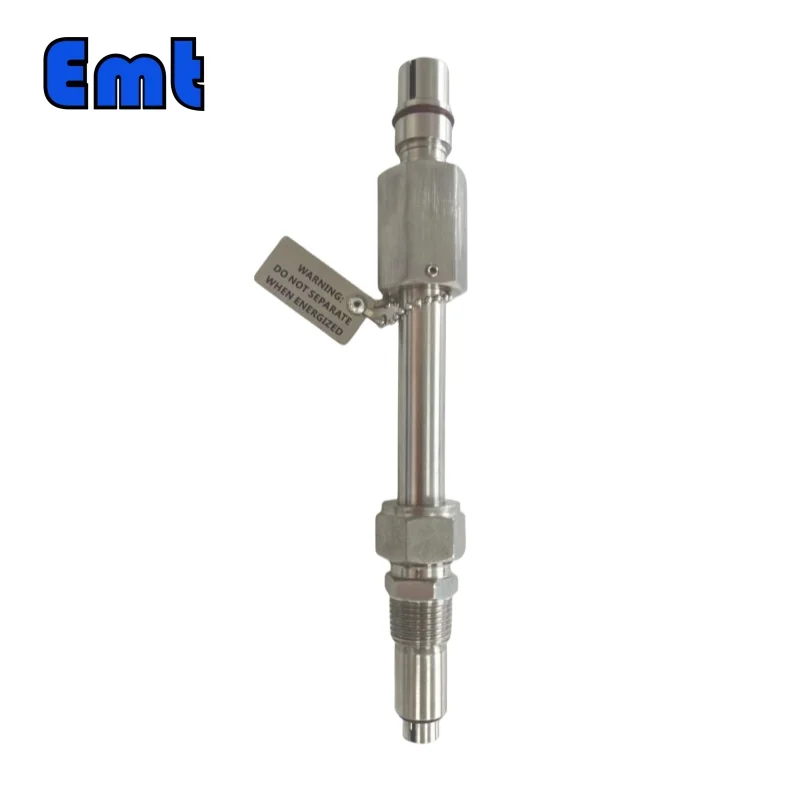
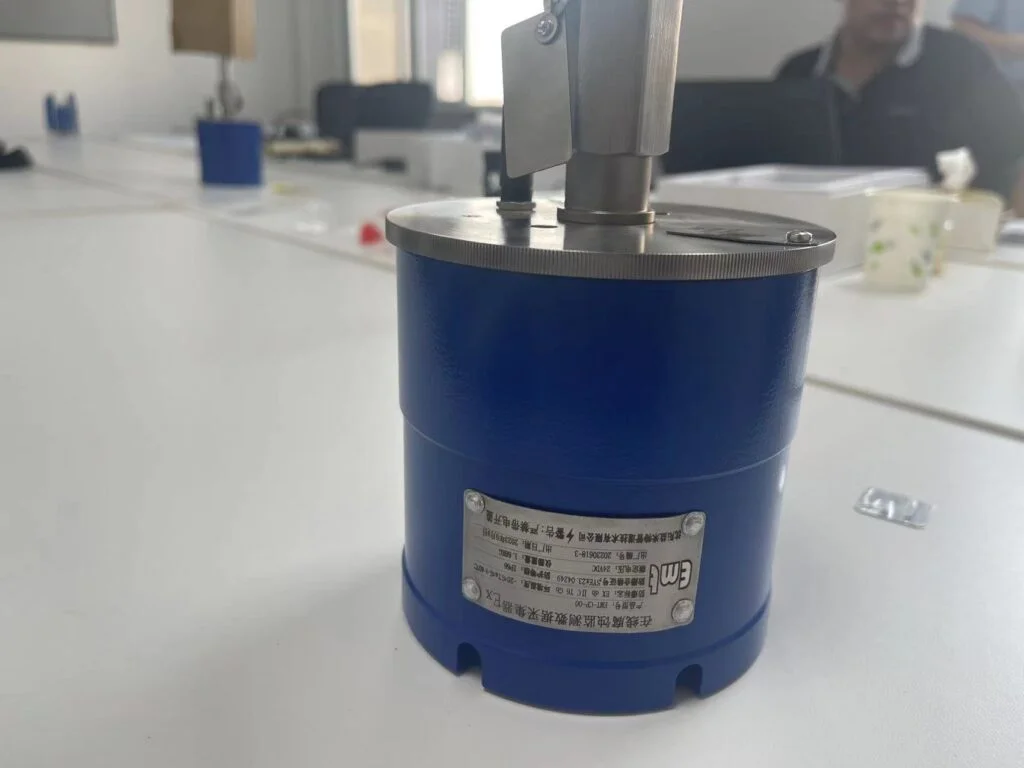
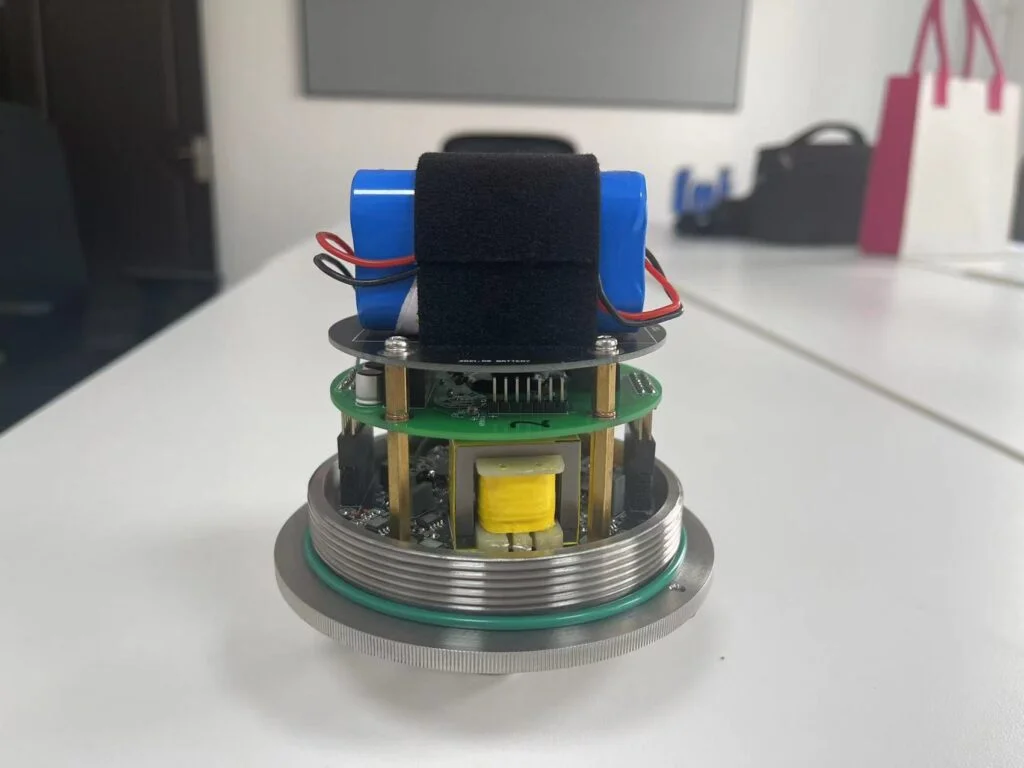
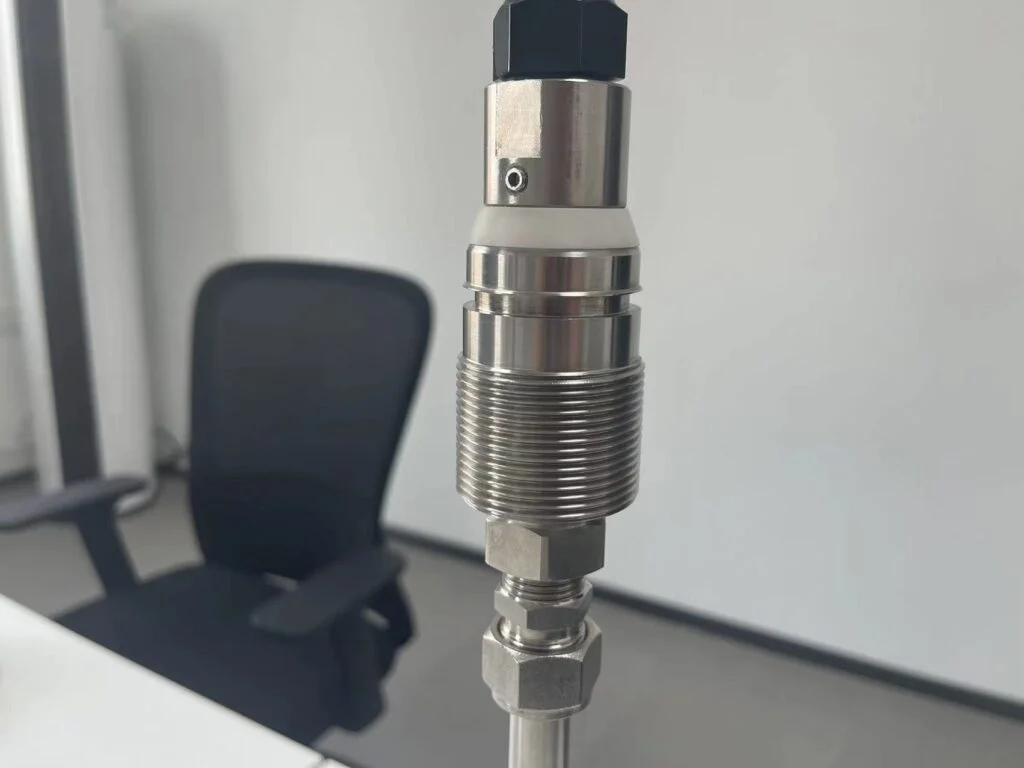
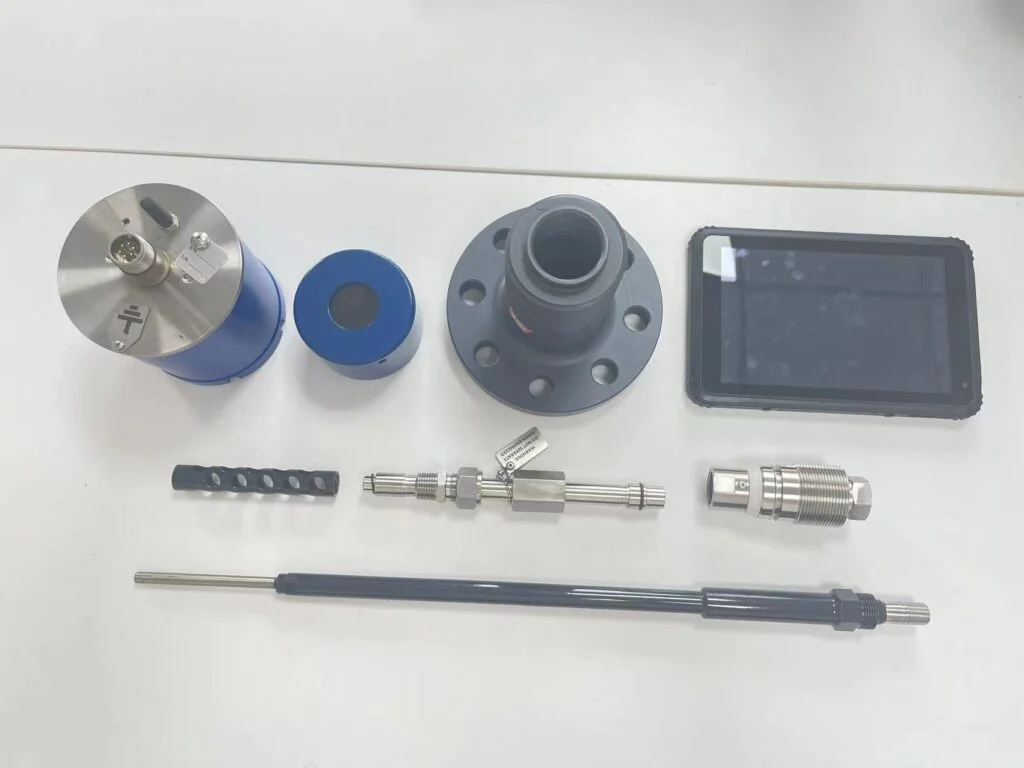 Unterschied zwischen Korrosionscoupon und Korrosionssonde
Unterschied zwischen Korrosionscoupon und Korrosionssonde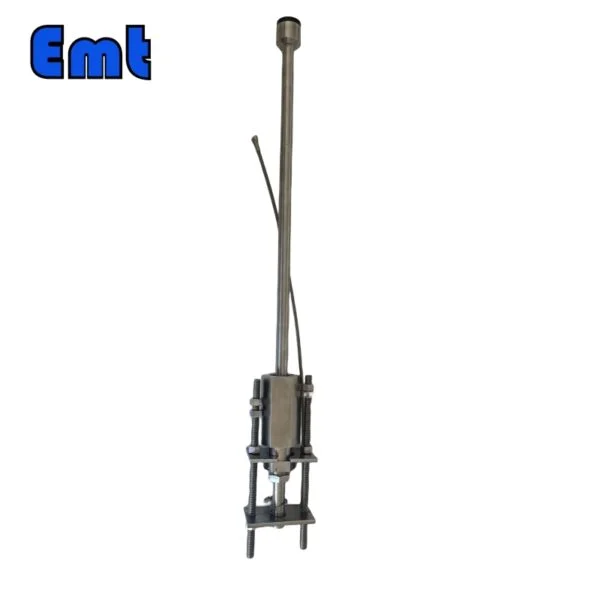
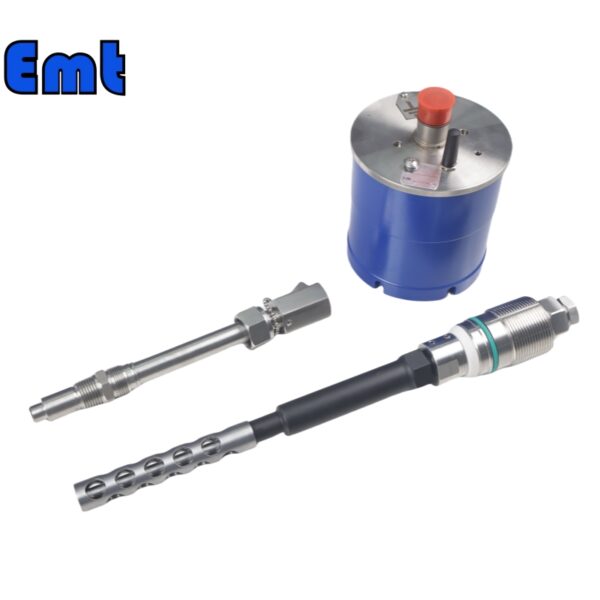
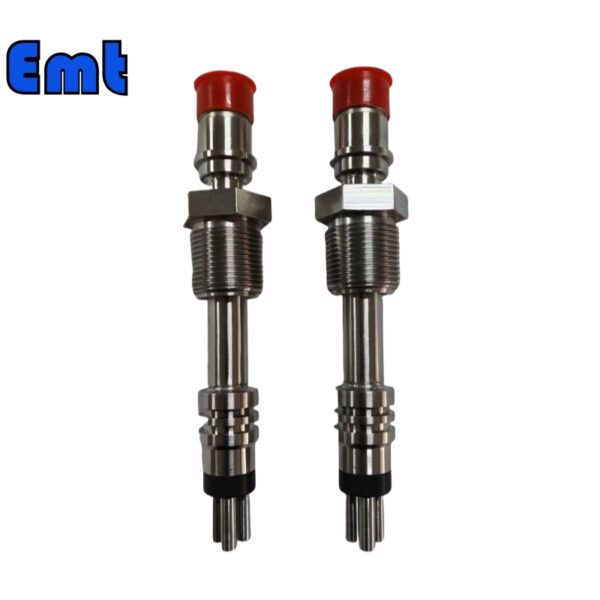
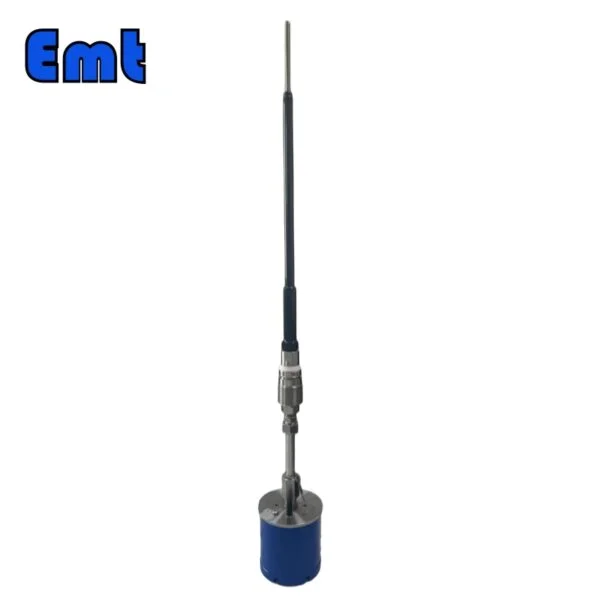
Rezensionen
Es gibt noch keine Bewertungen.